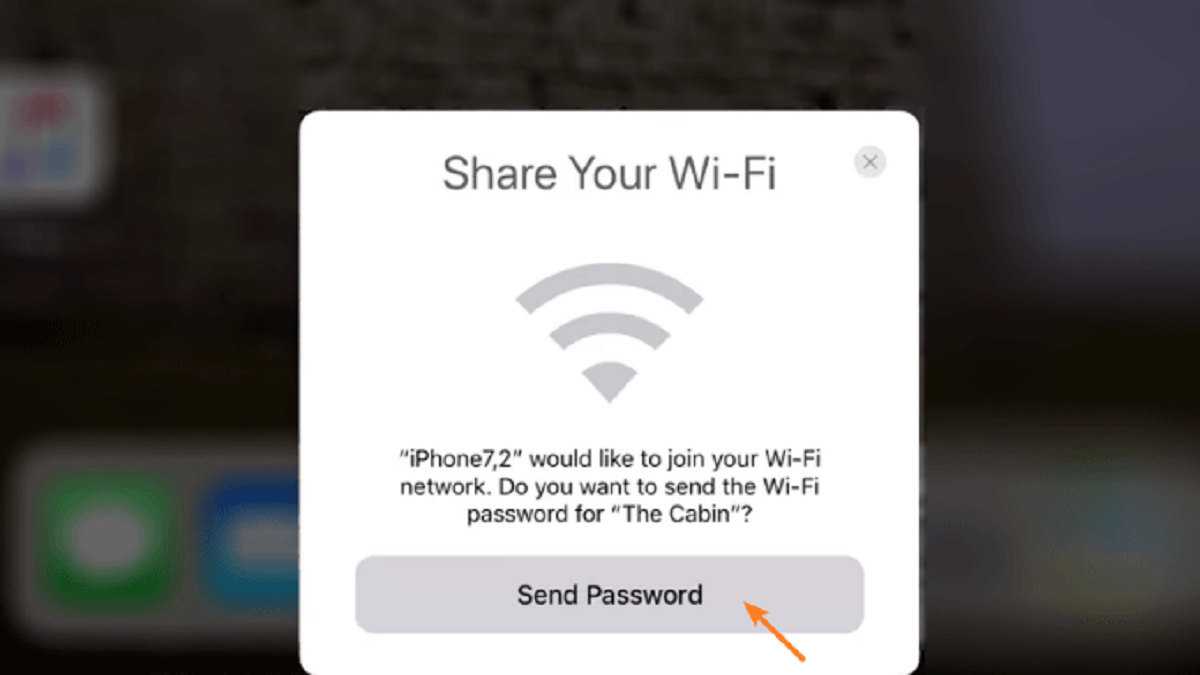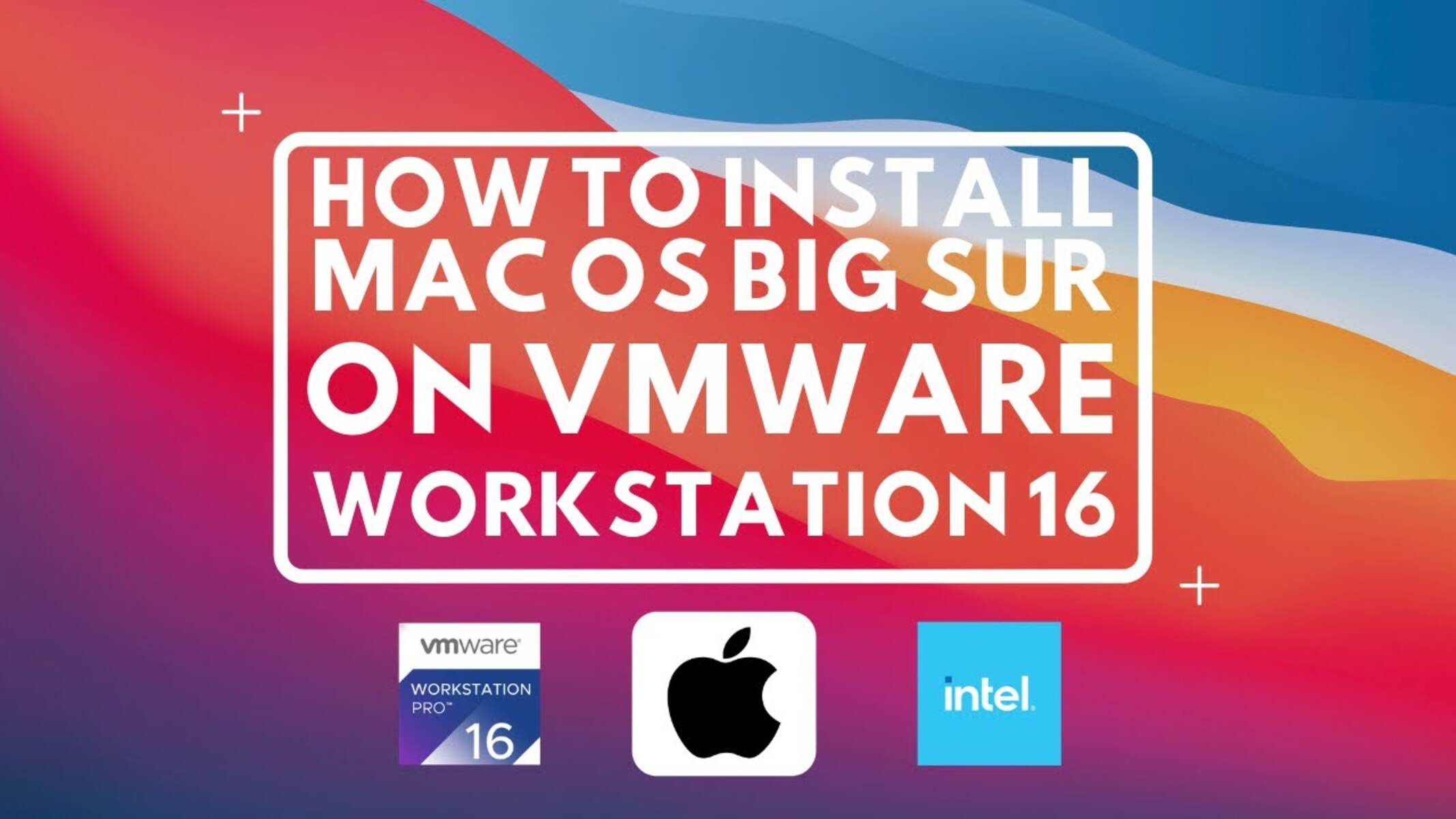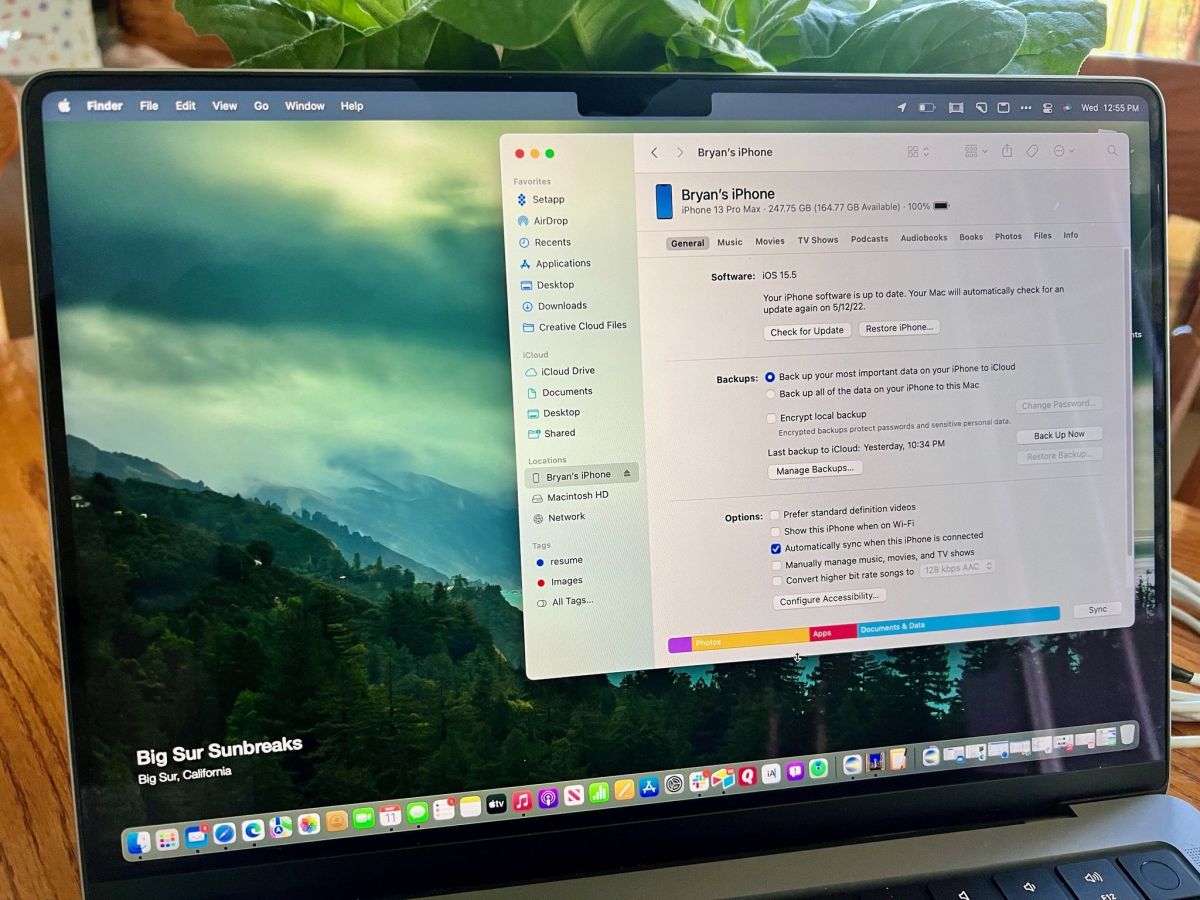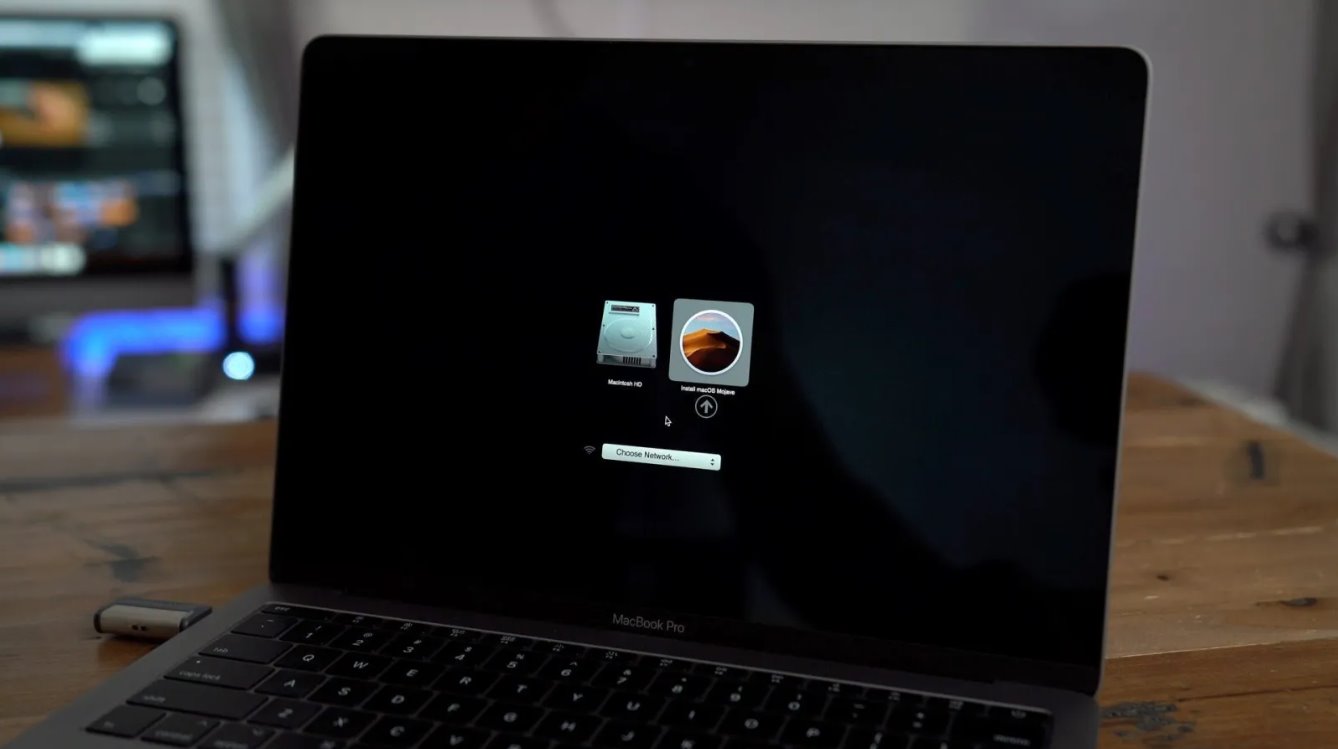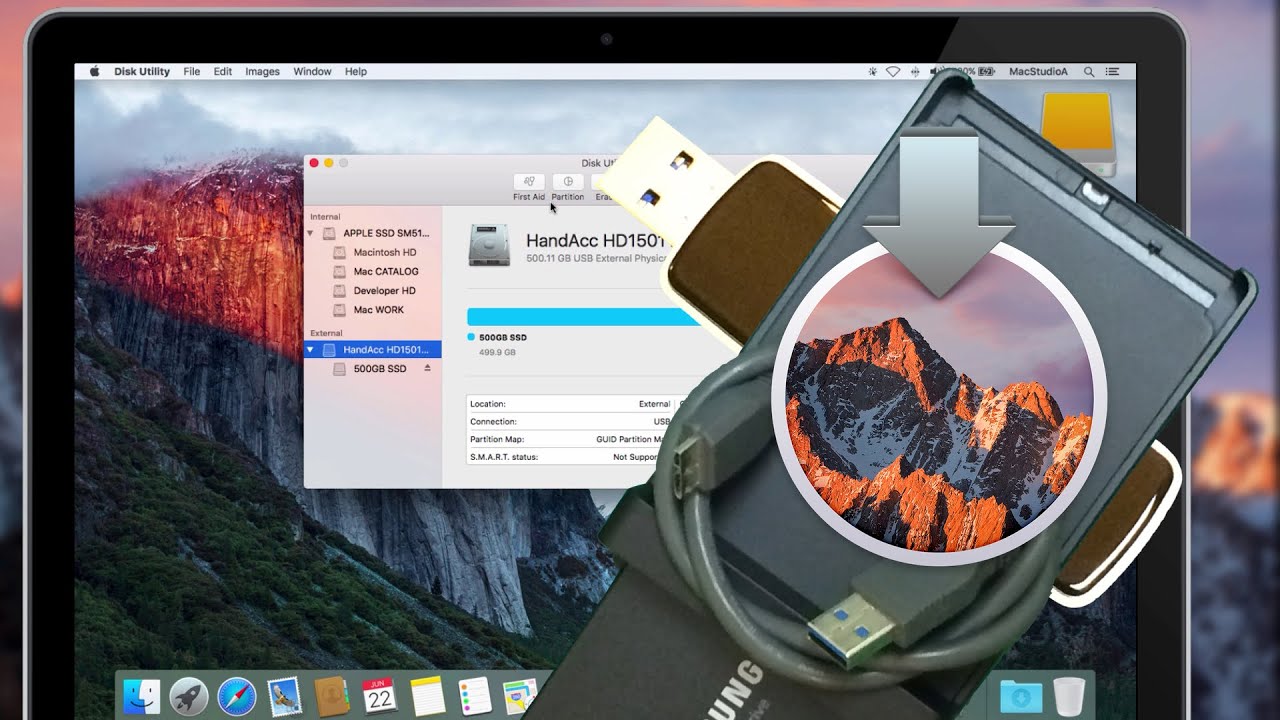Introduction
Welcome to this guide on how to check your UPS battery backup status in macOS Catalina. A UPS (Uninterruptible Power Supply) is an essential device that provides backup power to your computer in case of a power outage. It ensures that you have sufficient time to save your work and safely shut down your system.
In macOS Catalina, Apple has made it incredibly easy to monitor and manage your UPS battery backup directly within the system preferences. Additionally, there are utility software options available that offer more advanced features and customization options for your UPS. This guide will walk you through the process of checking your UPS battery backup status, configuring notifications, troubleshooting connectivity issues, and more.
By regularly monitoring your UPS battery backup status, you can ensure that it is functioning properly and ready to protect your valuable data. So, let’s dive in and explore the different methods to keep an eye on the health of your UPS battery backup in macOS Catalina.
Checking UPS Battery Backup Status in System Preferences
In macOS Catalina, you can easily check the status of your UPS battery backup by following these simple steps:
- Click on the Apple menu in the top-left corner of your screen and select “System Preferences.”
- In the System Preferences window, click on “Energy Saver.”
- Ensure that you are in the “Battery” tab of the Energy Saver window. Here, you will find information about your UPS battery backup.
Within the Battery tab, you will see the following details:
- Power Source: This indicates whether your Mac is currently running on battery power or connected to a power source.
- Battery Level: This shows the current charge level of your UPS battery backup. It is displayed as a percentage.
- Status: This provides information on the health of your UPS battery backup, such as whether it is charging, discharging, or fully charged.
- Time Remaining: If your Mac is running on battery power, this will display an estimate of the remaining battery life.
By regularly checking these details, you can ensure that your UPS battery backup is functioning properly and has sufficient charge. It is recommended to keep an eye on the battery level and charge it when necessary to maintain its optimal performance.
If you have multiple UPS devices connected to your Mac, you can switch between them by using the drop-down menu located in the bottom left corner of the Energy Saver window.
Next, let’s explore how you can use UPS utility software to gain more advanced control over your UPS battery backup.
Using UPS Utility Software
While checking your UPS battery backup status in the System Preferences of macOS Catalina provides basic information, you may want more advanced control and customization options. This is where UPS utility software comes into play.
UPS utility software is specifically designed to work with your UPS device and provides additional features beyond what the operating system offers. These software applications allow you to:
- Monitor your UPS battery backup in real-time, including voltage levels, load capacity, and battery health.
- Customize power settings and configure options for when you experience a power outage.
- Receive alerts and notifications when the UPS battery backup is running low or encounters an issue.
- Perform diagnostics to ensure the UPS is functioning optimally.
There are several UPS utility software options available for macOS Catalina, depending on the brand and model of your UPS device. These software applications are typically provided by the UPS manufacturer and can be downloaded and installed from their official websites.
When selecting the UPS utility software, ensure that it is compatible with macOS Catalina and supports your specific UPS model. Once you have installed the software, you can connect your UPS device to your Mac using either a USB or serial cable, depending on the connectivity options available.
Once connected, launch the UPS utility software, and you will have access to a wealth of additional information and settings for your UPS battery backup. Take some time to explore the software and familiarize yourself with its features. You may find options for adjusting the sensitivity of power events, configuring shutdown parameters, and even monitoring multiple UPS devices simultaneously if needed.
Overall, utilizing UPS utility software enhances your ability to manage and monitor your UPS battery backup efficiently. It provides greater control and ensures that your UPS is operating optimally to protect your valuable data and equipment.
Configuring UPS Notifications
Configuring UPS notifications is an essential step in ensuring that you receive timely alerts and updates about your UPS battery backup. By setting up notifications, you can be notified of critical events, such as a power outage or low battery level, allowing you to take appropriate actions to protect your data and equipment. Here’s how you can configure UPS notifications on macOS Catalina:
- Launch the UPS utility software that you have installed for your specific UPS device.
- Navigate to the settings or preferences section of the software.
- Look for an option related to notifications or alerts and click on it.
- Depending on the software, you may have various notification options, such as email notifications, sound alerts, or even sending alerts to your mobile device.
- Choose the desired notification method and configure the necessary settings, including the events that trigger notifications and the recipients’ email addresses or phone numbers.
- Save the notification settings and exit the software.
Once you have configured the UPS notifications, you will receive alerts whenever a predefined event occurs. For example, if the power goes out, you can receive an email notification informing you of the outage, allowing you to save your work and safely shut down your system. Similarly, if the UPS battery level is critically low, you can receive a notification, indicating the need to charge or replace the battery.
Configuring UPS notifications provides peace of mind and ensures that you stay informed about the status of your UPS battery backup. It allows you to take proactive measures to minimize the risk of data loss and potential damage to your equipment during power-related events.
However, it is important to note that UPS utility software may vary in terms of available notification options. Make sure to consult the software documentation or the manufacturer’s support resources for specific guidance on configuring notifications for your UPS device.
Now that you have learned how to configure UPS notifications, let’s move on to the next section, where we will discuss troubleshooting UPS connectivity issues.
Troubleshooting UPS Connectivity Issues
If you encounter connectivity issues with your UPS device on macOS Catalina, there are a few troubleshooting steps you can take to resolve the problem. Here are some common solutions:
- Check the physical connections: Ensure that the USB or serial cable connecting your UPS device to your Mac is securely plugged in and not damaged. If possible, try using a different cable to rule out any issues with the current one.
- Restart the UPS and Mac: Sometimes, a simple restart can help resolve connectivity problems. Start by turning off the UPS and then disconnect it from your Mac. Next, shut down your Mac, wait a few seconds, and then turn it back on. Finally, reconnect the UPS to your Mac and check if the connection is established.
- Update the UPS utility software: Make sure you have the latest version of the UPS utility software installed on your Mac. Updates often include bug fixes and compatibility improvements, which may address connectivity issues. Check the manufacturer’s website for any available updates and download/install them as necessary.
- Reset the System Management Controller (SMC): The SMC is responsible for managing various hardware components, including USB and power-related functions. Resetting the SMC can help resolve connectivity issues with your UPS. To reset the SMC, shut down your Mac, then press and hold the Shift + Control + Option keys on the left side of the keyboard and the power button simultaneously. Release all the keys and power button, then turn on your Mac and reconnect the UPS.
- Try a different USB port: If you have multiple USB ports available on your Mac, try connecting the UPS to a different port. Sometimes, a specific port may have compatibility issues, and using a different one can establish a successful connection.
- Contact the UPS manufacturer: If you have gone through the above steps and are still experiencing connectivity issues, it is recommended to reach out to the UPS manufacturer’s support team. They can provide specialized support and guidance specific to your UPS model and help troubleshoot and resolve any persistent issues.
Remember, troubleshooting steps may vary depending on your UPS model and the software you are using. Always refer to the manufacturer’s documentation or support resources for detailed instructions tailored for your specific setup.
Now that you are equipped with troubleshooting knowledge, you can confidently address connectivity issues and ensure seamless communication between your UPS device and your Mac.
Conclusion
In this guide, we have explored the various methods to check the UPS battery backup status in macOS Catalina. Through the System Preferences, you can easily monitor the power source, battery level, status, and remaining time of your UPS battery backup. This provides you with essential information to ensure that your UPS is functioning properly and has sufficient charge.
We have also discussed the importance of using UPS utility software to gain more advanced control and customization options for your UPS. These software applications allow you to monitor real-time information about your UPS, customize power settings, receive notifications, and perform diagnostics to ensure optimal performance.
Configuring UPS notifications is crucial to staying informed about critical events such as power outages and low battery levels. By setting up notifications, you can take timely actions to protect your data and equipment.
If you encounter any connectivity issues between your UPS device and your Mac, we provided troubleshooting steps to help resolve the problem. These steps included checking physical connections, updating the UPS utility software, resetting the System Management Controller, trying different USB ports, and reaching out to the UPS manufacturer for support.
By following these guidelines, you can ensure that your UPS battery backup works reliably, protecting your valuable data and providing peace of mind during power-related events.
It is also important to regularly maintain and test your UPS battery backup to ensure its longevity and efficiency. Refer to the manufacturer’s guidelines for specific maintenance instructions.
We hope this guide has been helpful in assisting you with checking your UPS battery backup in macOS Catalina. By staying informed and taking proactive steps, you can ensure the reliable operation of your UPS and maintain the safety of your data and equipment.









